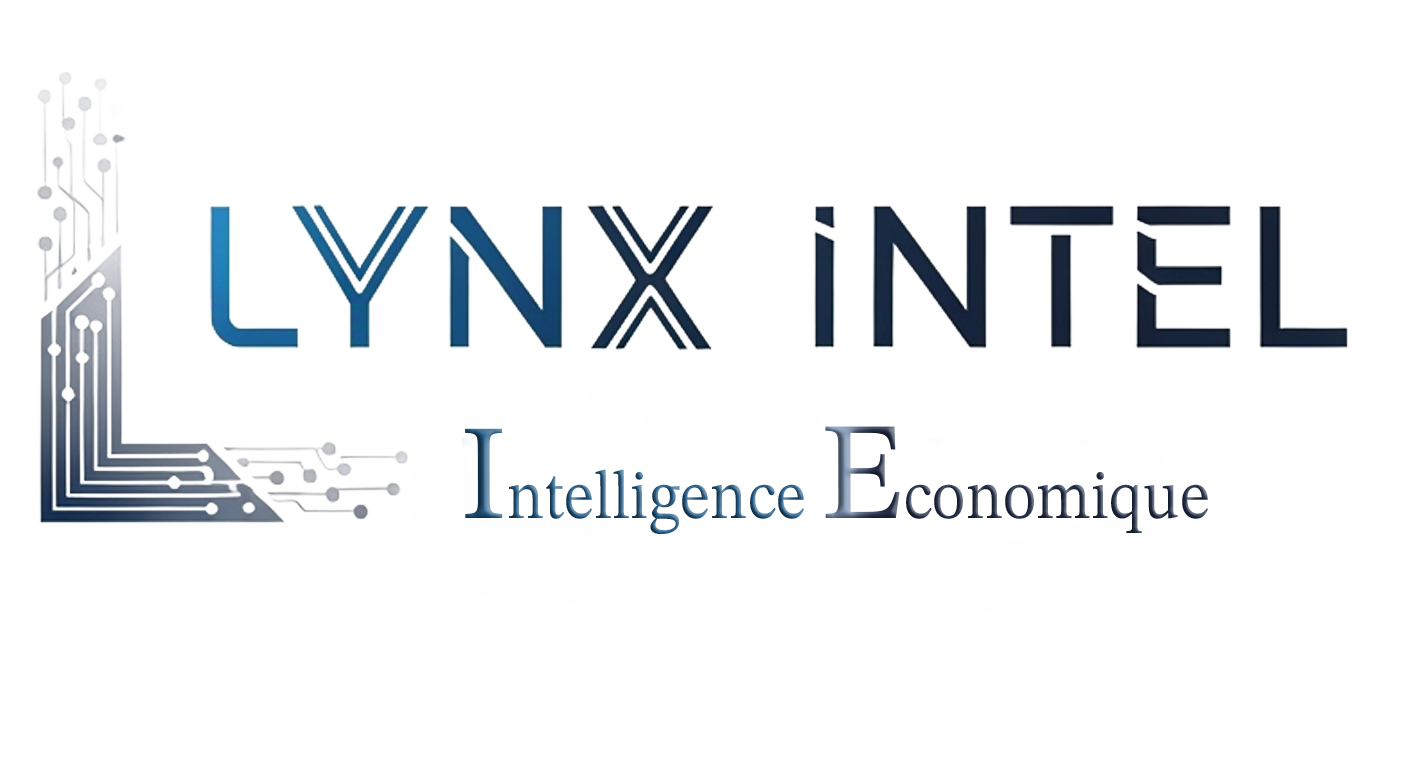Technological advancements in Artificial Intelligence (AI) are undeniable, especially within the business sector. However, according to IBM, the primary hurdle to the widescale adoption of AI is not technology itself, but the persistent issue of data silos. These silos obstruct the full utilization of AI’s potential and hinder innovation processes across many organizations. In this article, we’ll dive into the challenges posed by data silos, explore IBM’s proposed solutions, and discuss strategies businesses can use to fully harness the value of data in the context of AI.
What Are Data Silos and Why Are They Problematic?
Data silos refer to fragmented and isolated data spread across different departments or systems within an organization. For instance, financial data, HR metrics, marketing analytics, and supply chain information often remain segregated, making it challenging for teams to collaborate effectively. This lack of centralization hampers an organization’s ability to leverage data cohesively.
Ed Lovely, Vice President and Chief Data Officer at IBM, describes data silos as the “Achilles’ heel” of modern data management strategies. Fragmented data necessitates labor-intensive cleaning and alignment processes for each AI-driven initiative, often delaying implementation timelines by six to twelve months. Such delays not only impede progress but also result in significant losses in competitive opportunities.
Projects Stalled by Data Silos
The presence of data silos directly affects organizational competitiveness. Poorly managed data limits AI tools’ ability to generate actionable insights or solve strategic issues effectively. For example, a report by the IBM Institute for Business Value surveyed 1,700 Chief Data Officers (CDOs) and revealed that 92% linked their success to outcomes aligned with business needs. Yet, only 29% of them had clear metrics to gauge the outcomes of their data-driven initiatives.
Successful automation using AI has demonstrated its transformative potential. Case in point: Medtronic, a medical technology firm, utilized AI to automate processes like invoice reconciliation. This innovation reduced document processing time from 20 minutes to just 8 seconds, achieving over 99% accuracy. This example highlights how AI can free teams from repetitive tasks, enabling them to focus on more strategic priorities.
Rethinking Data Architecture
One of IBM’s key recommendations is a complete overhaul of traditional data architectures. For years, organizations tried to centralize all data into massive data lakes—a process both time-consuming and costly. IBM advocates for a paradigm shift: instead of moving data to AI, bring AI to the data. This approach leverages frameworks like data mesh and data fabric, which enable virtualized access to data across its existing locations.
Such frameworks also facilitate the creation of standardized, reusable “data products,” such as comprehensive customer views (Customer 360) or financial forecasting tools. These purpose-built data products streamline efficiency and significantly enhance AI algorithms’ value generation.
Balancing Governance in an Open Data Environment
While easier access to data can mitigate the challenges posed by silos, it simultaneously raises governance concerns. A survey by IBM found that 82% of data leaders consider data sovereignty to be critical in their risk management strategy. Ensuring information security, confidentiality, and compliance becomes paramount as organizations prioritize faster analytics and streamlined data access.
In this context, the collaboration between Chief Data Officers (CDOs) and Chief Information Security Officers (CISOs) has become indispensable. Establishing strong data governance frameworks ensures that the agility of data analysis doesn’t come at the cost of security.
Addressing the Skills Gap
Another major challenge lies in the scarcity of qualified talent in data and AI-related roles. An overwhelming 77% of CDOs report difficulties in recruiting or retaining top talent. The rapid emergence of new roles tied to advanced generative AI technologies further exacerbates the issue.
Successful AI adoption requires not only technological investment but also cultural shifts that emphasize data literacy across all teams. As Hiroshi Okuyama, Chief Digital Officer at Yanmar Holdings, aptly noted: “Changing a culture is hard, but employees are gradually realizing that decisions must be data-driven and supported by evidence.” Encouraging this mindset empowers organizations to unlock the full potential of their workforce in the AI era.
From Experimentation to Scalable Intelligent Automation
Transitioning from isolated experiments to large-scale, intelligent automation should be a top priority for companies aiming to stay competitive. This involves more than advanced data architectures; it also requires cultivating a culture where data-driven decision-making is second nature. IBM emphasizes that success hinges on organizations treating their data as their most valuable asset. By fostering an integrated ecosystem that encourages collaboration, innovation, and swift decision-making, businesses can achieve transformative outcomes.
Key Takeaways and Recommendations
In summary, data silos remain a major barrier to the widescale adoption of AI within organizations. However, by investing in modern architectures like data mesh and fostering a data-centric culture, companies can effectively overcome these obstacles. Organizations that take proactive steps now will not only find themselves more agile and competitive but also better equipped to leverage AI and respond to rapidly changing market dynamics.
At Lynx Intel, we understand the strategic needs of modern organizations. Our expertise can help you devise bespoke data solutions that unlock value and drive meaningful business outcomes. Contact us today to see how we can turn your data challenges into opportunities.


